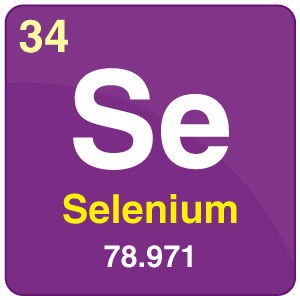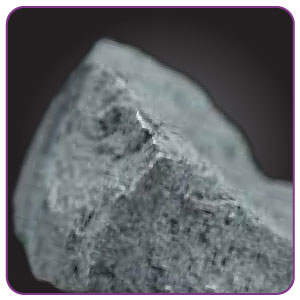Selenium

| Symbol | Se |
| Atomic Number | 34 |
| Atomic Mass | 78.971 g/mol |
| Discovered by | Jöns Jacob Berzelius, |

Table of Contents
What is Selenium?
- Selenium is a chemical element that is placed in the oxygen group of the periodic table. It is often found in combination with metals like mercury, copper, silver or lead. It is combined with the physical properties of elements like tellurium and sulphur. This element is rare and composed of 90 parts per billion of the Earth’s crust. It’s a non-metallic chemical element which is a member of group 16 of the periodic table.
- This element appears in different allotropic forms of which the most popular are – red amorphous powder, a grey crystalline metal, and red crystalline material, which is known as metallic selenium. This grey crystalline form conducts electricity much better in the light than in the dark and can be easily used in photocells. It burns in air and is unaffected by water and dissolves in concentrated nitric acid and alkalis.
Chemical Properties Of Selenium
| Group | 16 | Melting point | 494 K |
| Period | 4 | Boiling point | 958 K |
| Block | p | Density (g cm−3) | 4.81 g/cm3 |
| Atomic number | 34 | ||
| State at 20°C | Solid | ||
| Electron configuration | [Ar] 3d104s24p4 |
Uses Of Selenium
- It serves as a decolouriser when incorporated in small amounts into the glass. When in large quantity, it imparts to glass a useful clear red colour in signal lights. It is also used in preparing red enamels for steel and ceramics. And, for vulcanization of rubber to increase resistance to abrasion. The electrical resistivity of selenium varies over a great range that depends on variables like temperature & pressure, nature of the allotrope, impurities and the method of refining. Most of the metals are insoluble in this element and the impurities of a non-metallic increase the resistivity.

Comments